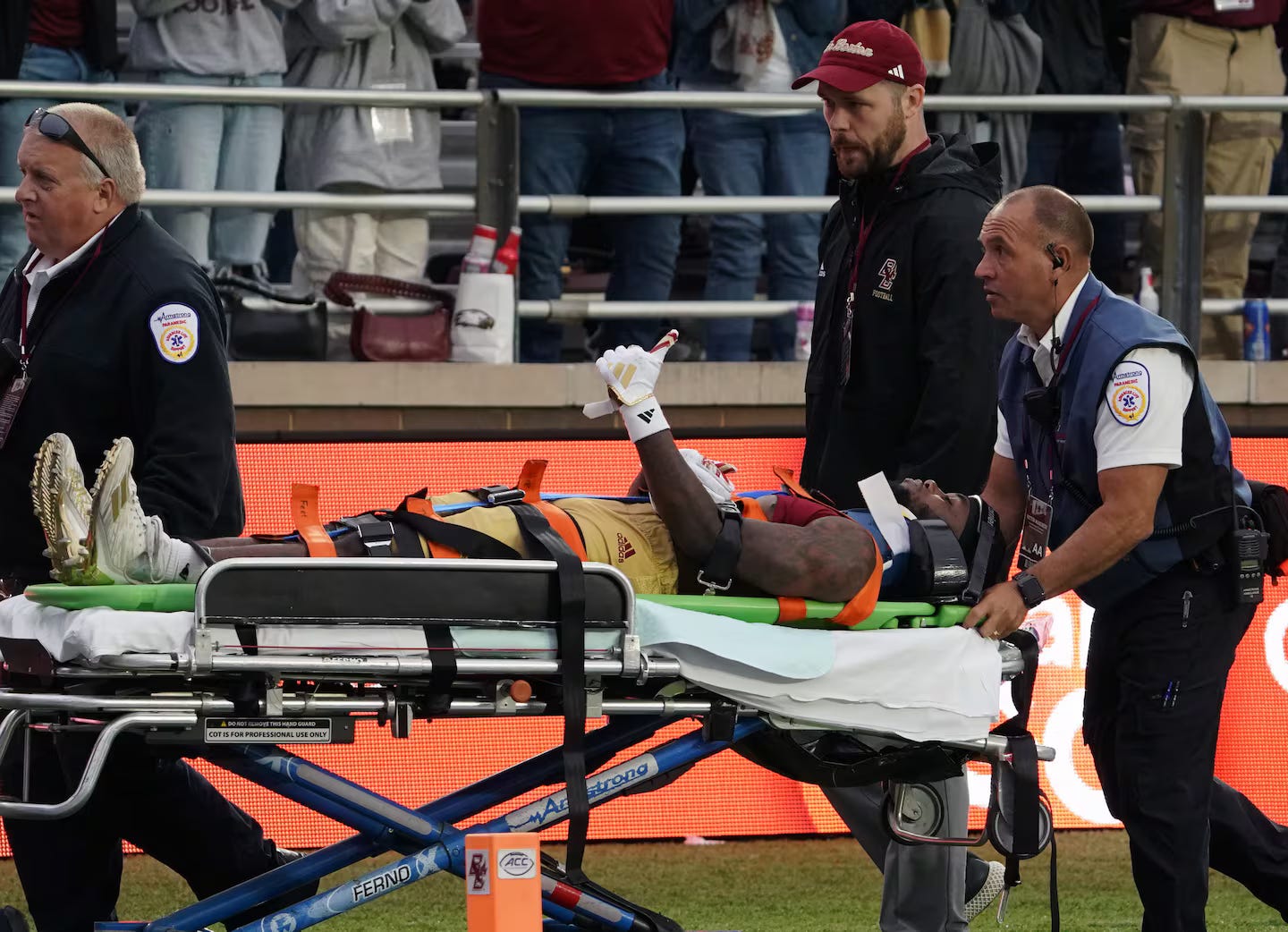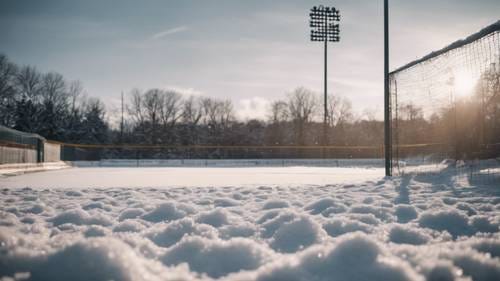My senior thesis at Colgate University was titled: “The Athlete-Student: an investigation of social class construction by the NCAA.” The “athlete-student” was a laborer, exchanging their athletic performance in-kind for educational opportunities. They were enrolled as students at a given university, but their attendance depended more upon how well they played their sport(s) than how they performed in the classroom. Classroom performance was for eligibility to compete while the performance in competitions determined an athlete’s eligibility as a student, in the era.
The athlete-students, unlike their counterparts—the student-athletes—were laborers. Many undergraduates hold jobs while they are attending classes, whether they be independently employed, or as a work-study supplement to a financial aid package, or through a co-op/internship experience. What set the athlete-student apart was the “amateurism” of their industry, which prohibited participants from receiving virtually any gift, much less a paycheck.
It was the time when coaches held all the power over their teams. They had the ability to award and withdraw full scholarships, at any time. While coaches had free reign to seek any job they wanted, an athlete who chose to transfer to a different school was forced to sit out for a full season, which usually meant an extended amateur career. Athletes who were injured in games or practice at this time could have their scholarships cut.
Athlete-students came mostly from working class and poor backgrounds, and were more often racial minorities than student-athletes. Not only did the athlete-student suffer from the educational deficits of urban public schools, they would be required to dedicate 30 or more hours in-season (about half as much off-season) to their athletic pursuits instead of course work. Predictably, athlete-students had 5-year graduation rates far below their non-athletic peers, though this has been improving. “Since 2002, overall student-athlete GSR has increased from 74% to 91%.”
Recruited from poverty, underprepared academically, put in a labor situation where the coach is a dictator and continued, unpaid employment prioritizes athletics over academics. When the athlete-students failed to maintain academic eligibility, they were usually given a short probationary period (a semester) and if they failed to raise their GPA, were cut and their scholarships awarded to new recruits. The athlete-student could attempt to revive their dream of playing their sport for money by transferring, but academic eligibility would need to be re-established, the transfer meant sitting out a season, and school was only affordable with an athletic scholarship. Most often, athlete-students who lost their academic eligibility returned to where they were recruited from.
Thanks for the three years and all those rushing yards, sorry about the knee replacement you are going to need when you turn 40. Maybe by then, you will have a job that offers health insurance, but it’s not likely since you are not getting a bachelor’s degree.
Tens of thousands of 17- and 18-year old recruits signed Letters of Intent—their first labor contracts with universities—pledging their bodies in exchange for up to four years of room and board, tuition, and books. The hope for a professional career in basketball or football (neither the NBA nor the NFL had a player developmental system other than the NCAA, at the time) motivating them to look past the indentured servitude they were signing up for.
I played four years of Division I baseball as a student-athlete. While it was important to me that my undergraduate choice offer me the opportunity to play ball, I was there for academics, first. Colgate is located midway between Binghamton, NY to the south, and Lake Erie to the north. The northeast is not the region one seeks out to play collegiate baseball with hopes of becoming a pro, and Upstate New York routinely sees snow on the ground through the first weeks of April.
Shortly after I graduated, in 1990, Colgate was sued by members of the women’s hockey team, for Title IX violations. In the late 1980’s and early 1990’s, Colgate’s men’s hockey team was one of the top ten in the nation, and the team budget was the second-largest for the school, trailing only football. Title IX forbids differential extracurricular funding based on sex. While the women’s hockey team was also a top-25 program, it received far less funding than men’s hockey. Including the football team’s budget meant men’s athletics were greatly over-funded.
Boston University terminated its football program in order to come into Title IX compliance. As there was no “women’s equivalent” the removal of a 90-scholarship men’s athletic program that required a lot of equipment and travel expenses would bring any university much closer to compliance with the statute.
Colgate University has a lot of resources, and their attorneys played the waiting game on the women’s hockey tort, until the plaintiffs graduated and no longer had standing. However, this proved only to be a tactic to allow the university to engage in its own version of compliance, rather than be ordered to do so under a judge’s parameters (which might have included ending the football program). Instead, the university ended the baseball program (though baseball has a “women’s equivalent” in softball, and the teams’ budgets were virtually identical), and put that money into the women’s hockey program.
The NCAA is a largely socialist institution, with revenue sharing from TV contracts (for the Final Four basketball tournaments and football bowl games, mainly) distributed from Division I programs to all the other divisions, through their respective leagues. Very few collegiate athletics programs generate revenue, and those that do have traditionally relied on athlete-students for their labor.
In other words, less-skilled, less-talented student-athletes are having their extracurricular enjoyment sponsored by poor and working class athletes who, until very recently, labored without direct payments. That Ivy League squash or equestrian team’s budget is supplemented by the Ohio State football recruits and UNC basketball recruits. The same goes for all Division II, III, and IV teams in every sport.
The NCAA uses the 60 or so revenue-generating athletic programs to carry costs and expand offerings to all other students, at all other schools. Working class and poor racial minorities have been sold hopes and dreams of escaping poverty through athletic prowess, all for the sake of providing middle class and wealthy white students recreational athletic experiences.
For what it may be worth, the NCAA has recently released its usurious hold on athlete-students—following extended legal battles and unionization drives—allowing athletes to be paid “Name-Image-Likeness” (NIL) fees for commercial uses by local merchants, video game designers, entertainment venues, et cetera. This has shifted the landscape for athlete-student labor, but cannot address the social class conditions that make athletic prowess seem a viable means of upward social mobility, and valued more than academics.
NIL’s create new opportunities for collegiate athletes. They are now allowed to transfer schools without having to lose a year of eligibility, athletic scholarships are guaranteed for four years regardless of the athlete’s performance, and alumni organizations are already making it apparent the NCAA is going to have to create a salary cap. Whether they can do so is to be seen, but left untouched the current system will produce even fewer powerhouse revenue-generator athletic programs, as the very best athletes will be attracted to the very best funders.
I have received multiple communiques from Colgate alums who wish to create a Duke-like men’s basketball program via NIL payments to top high school recruits. The alumni network is wealthy enough they could match monies offered by just about any other school—and NIL money does not count in Title IX budget considerations so there will be no pesky lawsuits by members of the women’s basketball team. However, as a sociologist, I would advise them to focus on women’s basketball instead—the cost to buy players will be lower (but still higher than the average WNBA salary—Kaitlin Clark and Angel Reese took pay cuts to go pro), the competitive field has fewer top-tier programs to begin with, and fifty years after the passage of Title IX we are seeing the commercialization of women’s athletics in an ongoing, upward trend.








